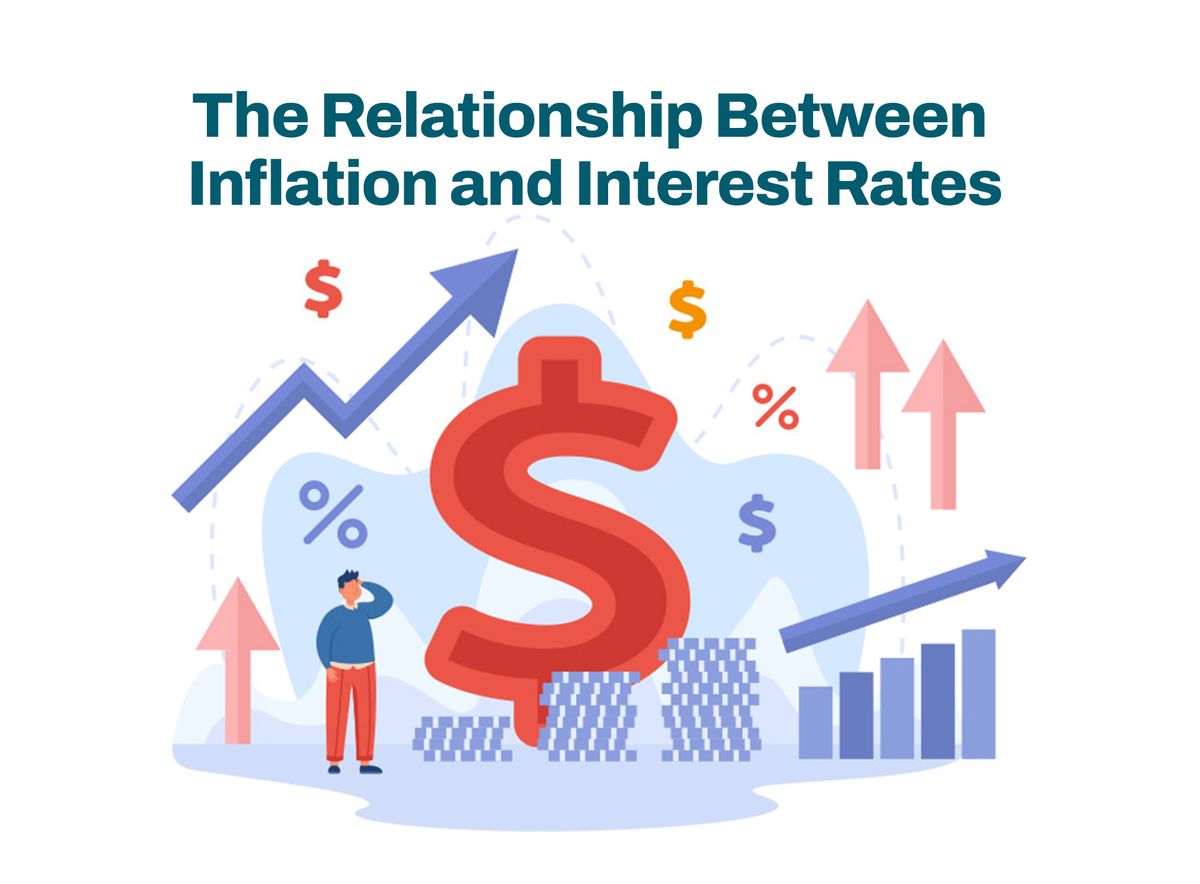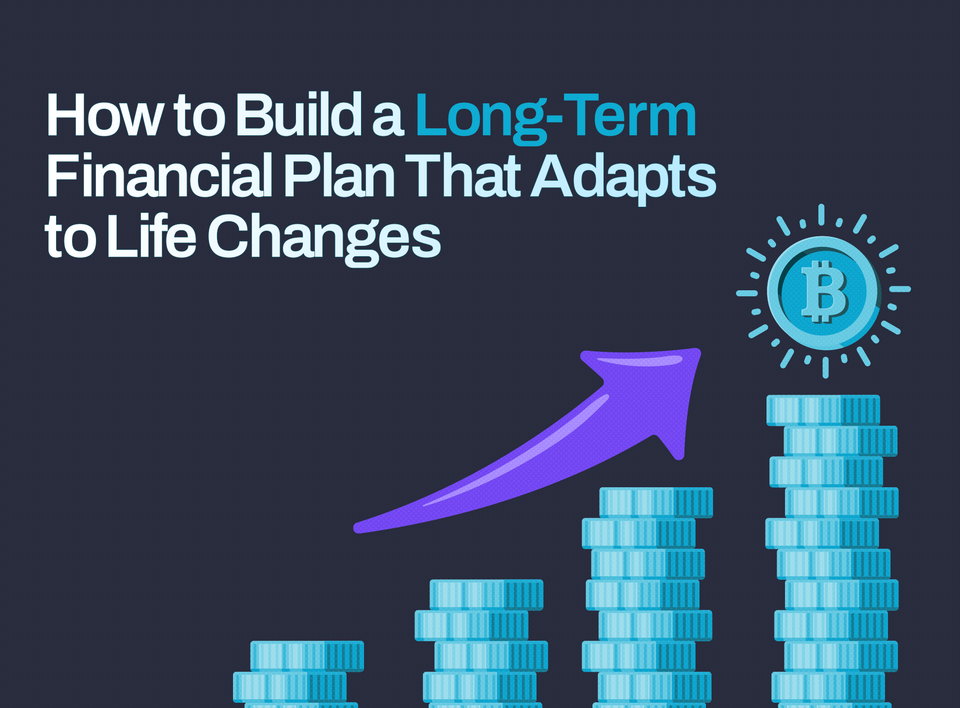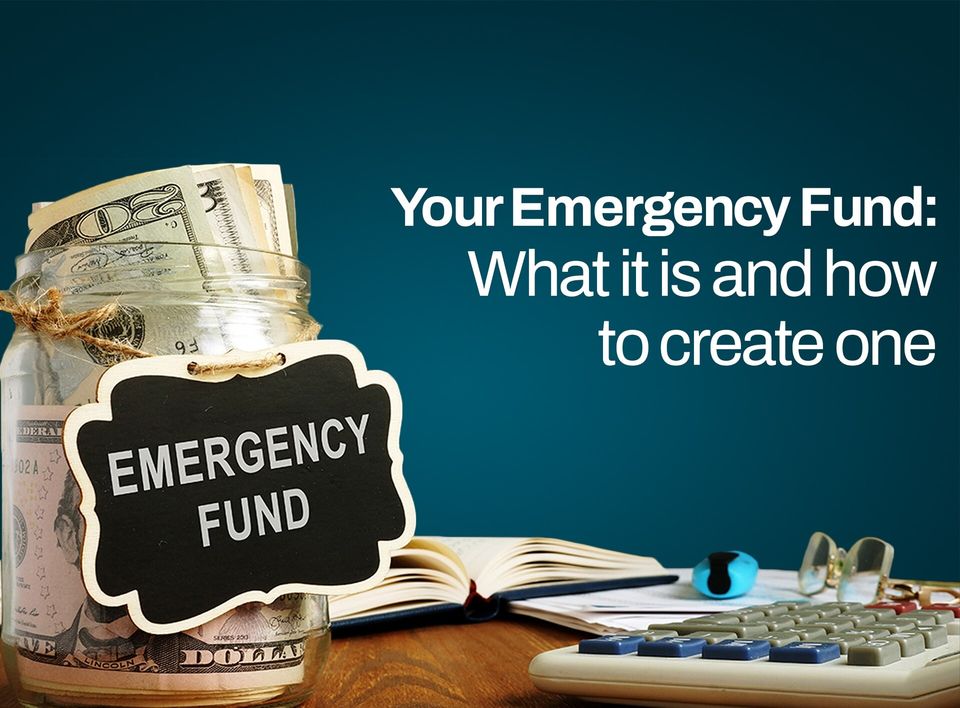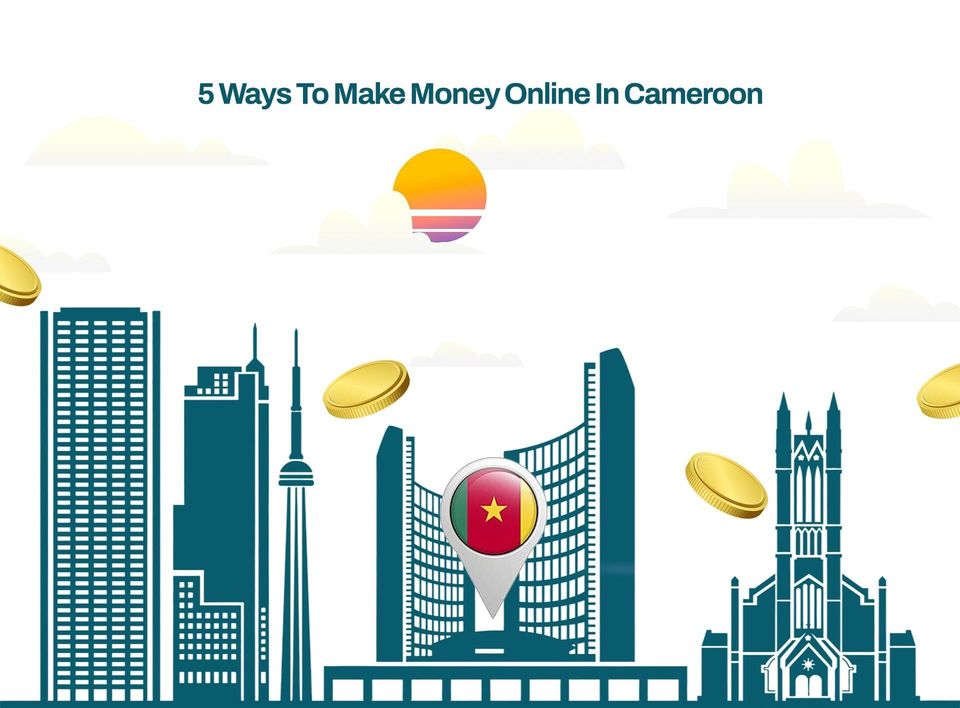The Relationship Between Inflation and Interest Rates
Inflation and interest rates shape the economy and affect your savings, loans, and investments. Here's how they work together and affect you.

Table of Contents
● What is Inflation
● How does Inflation work?
Demand-pull inflation
Cost-push inflation
● What does rate of inflation mean?
● What policies can curb inflation?
Fiscal policies
Monetary policies
Supply-side policies
● Interest Rates and Inflation: A Long-Standing Relationship
● Nominal Interest Rates and Inflation
● Recap
Inflation is why Kachi can only purchase one pack of spaghetti this year with the same amount of money he used to buy two packs last year. It is why Hauwa has to increase her hair braiding prices and why Chris has to pay twice as much to renew his domain name subscription this year.
Inflation can significantly impact your quality of life, and in this article, I will explain:
● what causes inflation
● measures the government can take to curb inflation
● how inflation and (high) interest rates are connected
What is Inflation?
Inflation is the rate at which the prices of goods and services increase over time.
Essentially, it means that each unit of currency buys fewer goods and services than before.
In an economy experiencing inflation, if your income doesn’t rise at the same rate as inflation, your purchasing power decreases, effectively making you poorer.
Inflation is measured using the Consumer Price Index (CPI), which involves a government survey to identify a basket of commonly purchased items and track the cost of this basket over time.
The CPI expresses the cost of this basket relative to a base year, and the percentage change in the CPI over a given period is referred to as consumer price inflation.
A significant component of this basket is housing expenses, including rent and food items.
How does Inflation Work?
There are two main ways inflation can happen:
- Demand-pull inflation
- Cost-push inflation
Demand-Pull Inflation:
Picture this—you’re at a party that’s going great, with enough drinks and snacks for everyone. But as word spreads about how amazing the party is, more people keep showing up.
Suddenly, there’s not enough food and drink to go around.
This increased demand causes the available supply to dwindle, making the host implement a small fee on the drinks and snacks.
That’s demand-pull inflation, where the demand for goods and services exceeds the available supply, pushing prices up.
Cost-Push Inflation:
Now, imagine the party host steps out to get more drinks and snacks to meet the growing demand.
But because it’s late at night, most fast-food, bakeries and liquor stores are closed.
The few that are open are charging more because it’s harder and more expensive for them to produce and deliver at this hour.
The higher costs of production and supply are passed on to the partygoers in the form of higher prices.
This is cost-push inflation—when the cost of producing goods and services increases, leading to businesses raising their prices to cover those costs. (e.g. as is currently happening in Nigeria)
What does Rate of Inflation mean?
Using the previous analogy, as the party gains popularity and the number of guests increases, the supply of drinks and snacks keeps reducing at a quicker rate.
To manage this, the host decides to make it harder to access them by increasing the prices over time.
As more parties happen and the prices keep rising, it becomes increasingly difficult for guests to afford these items comfortably.
This gradual price increase is calculated as the inflation rate, using the formula: Inflation Rate (%)= (New Value—Old Value/Old Value) x 100.
Initially, the price increase might not be noticed or felt, but over time, it reduces the purchasing power of the party attendees- this is the primary effect of inflation.
What policies can curb inflation?
From a macroeconomic perspective, there are three main approaches with which inflation can be combated or managed:
- Fiscal policies
- Monetary policies
- Supply-side policies
Let’s explore them in more detail.
1. Contractionary Fiscal Policies
These policies are called contractionary/tight because they aim to reduce aggregate demand.
This is done by increasing taxes and decreasing government spending.
When taxes are increased, people's disposable incomes decrease, making them spend less, thus reducing the demand on the economy.
This can be effective in dealing with demand-pull inflation.
When government spending is reduced, there’s an overall decrease in demand in the economy, cooling down inflation.
Let’s discuss some pros and cons of this strategy.
Pros
1. Direct Impact: This approach directly reduces how much people are spending, which can quickly cool down an inflationary economy.
2. Income Redirection: The extra money from the increased taxes can be redistributed to other important projects like building more schools or improving infrastructure, which can help the economy in the long run.
Cons
1. Political Pushback: Reducing government spending is often an unpopular decision. This can be seen in countries like Nigeria, where a large chunk of the budget goes to politicians' salaries and wages.
2. Slow Process: Passing these policies involves a lengthy legislative process, which means they might not work as quickly as needed to combat inflation.
2. Contractionary Monetary Policies
This is implemented by a country's monetary authority, such as a central bank. It acts as a regulatory force to ease inflation.
The goal is to ensure price stability and general trust in the currency. This is done by raising interest rates and reducing the money supply.
When interest rates are raised, taking loans becomes more expensive, deterring people from borrowing and dampening the investment climate, effectively cooling down the economy.
When the money in circulation is reduced, it reduces consumer spending, easing inflationary pressures.
Pros
1. Centralized control: Unlike fiscal policies, monetary policy decisions are made primarily by the central bank, allowing them to act independently of political pressures.
2. Quick Implementation: Changes in monetary policies can be implemented relatively quickly compared to fiscal policies.
Cons
1. Contradictory with Economic Growth: Higher interest rates can slow down economic growth, potentially increasing unemployment rates.
2. Slow Process: Although the policy change might be swift, its economic impact takes time to materialise.
3. Supply-Side Policies
This refers to measures taken to increase the economy's productive capacity, shifting the aggregate supply curve to the right. This can be achieved by investing in public work such as education, infrastructure, and deregulation.
Investing in education increases the availability of skilled workers, boosting production and the supply of goods and services.
Similarly, investment in public infrastructure, such as roads, energy infrastructure, healthcare facilities, telecommunications, and third spaces, can enhance overall productivity.
Other policies to combat inflation are:
This refers to actions taken by a central bank to buy or sell securities (such as government bonds or other financial assets from commercial banks or other financial institutions) on the open market.
When they buy these securities, they pump money into the banking system, effectively lowering interest rates, and when they sell them, they drain the system and increase interest rates.
In an inflationary economy, the central bank will sell securities to decrease the money supply, making it harder for consumers and businesses to access credit. This leads to reduced demand for goods and services, which can lower prices and thus lower inflation.
This is a percentage of deposits a commercial bank must hold in reserve; meaning the money can not be loaned or invested.
So, the greater the reserve requirement, the less money a bank can lend out.
To tackle inflation, the Federal Reserve may decide to increase the reserve ratio, reducing the money supply that can be given to consumers and businesses. This would effectively slow down the economy and reduce the rate of inflation.
Interest Rates and Inflation: A Long-Standing Relationship
As mentioned earlier, the central bank can use contractionary monetary policy by increasing interest rates to reduce borrowing and slow down the economy.
Using our party analogy again, an increase in interest rates will be akin to the party host placing a fee on access to the snacks and drinks table. This is unrelated to the increasing prices of the snacks and drinks, but together, they will work effectively to reduce the number of people reaching out for them, reducing demand.
Interest rates are the central bank's primary tool for controlling inflation, and they tend to move in the same direction.
When inflation is high, interest rates are raised to curb spending and borrowing, which helps cool down the economy.
Conversely, when the economy has been sluggish for a while, interest rates can be lowered to encourage borrowing and stimulate growth.
The challenge, however, lies in the time lag. The effects of monetary policy decisions, such as raising interest rates, take time to manifest in the economy.
This means the government has to anticipate inflation and increase its interest rate in advance to prevent or mitigate its impact.
As a result, high interest rates may persist for an extended period, making it difficult for people to afford loans to purchase a home, start a business, or invest in a startup.
This can quickly lead to a stagnant economy, where growth is stifled by the very policies meant to control inflation.
Extra Note: Although increasing interest rates is an effective way to combat inflation—a classic example is the early 1980s when the UK government raised interest rates to a staggering 17%—it likely won’t work in a country like Nigeria, where inflation is largely due to supply constraints, like insecurity in the food-producing parts of the country, poor infrastructure, etc.
Nominal Interest Rates and Inflation
Nominal interest rates are raised to combat inflation by discouraging borrowing, which reduces the economy's overall demand.
This slowdown in economic activity encourages consumers to store their money in safer interest-bearing accounts like savings accounts, typically leading to decreased spending and reduced inflationary pressure.
The opposite will be seen when a stimulus is needed for a stagnant economy.
Nominal interest rates may be lowered to encourage borrowing and investments, thereby promoting economic growth.
To Recap: The Major Points
To round up this article, here is a recap of the major details explaining the relationship between inflation and interest rates and how inflation can be managed.
- Inflation is the rate at which prices of goods and services increase over time, reducing purchasing power. It is measured using the Consumer Price Index (CPI), which tracks the cost of a basket of commonly purchased items.
- There are two main types of inflation: Demand-Pull Inflation, which occurs when demand for goods and services exceeds supply, driving prices up, and Cost-Push Inflation, which happens when the cost of producing goods and services increases, leading businesses to raise prices.
- Inflation can be curbed through various policies. Contractionary Fiscal Policies involve increasing taxes and reducing government spending to decrease aggregate demand. Contractionary Monetary Policies are implemented by central banks and include raising interest rates and reducing the money supply to control inflation. Supply-side Policies focus on increasing the economy's productive capacity by investing in education, infrastructure, and deregulation.
- Central banks use interest rates as a primary tool to control inflation. Higher interest rates discourage borrowing and spending, cooling the economy. However, the effects of interest rate changes take time to manifest, which can lead to prolonged periods of high rates, potentially stifling economic growth.
- Nominal interest rates are adjusted to control inflation. Higher rates reduce demand by discouraging borrowing, while lower rates stimulate economic activity by encouraging borrowing and investments.
Disclaimer: This article was written to provide guidance and understanding. It is not an exhaustive article and should not be taken as financial advice. Obiex will not be held liable for your investment decisions.




